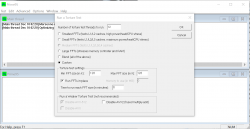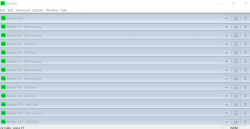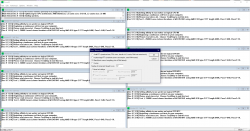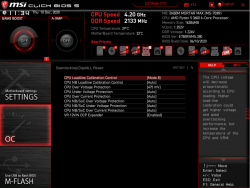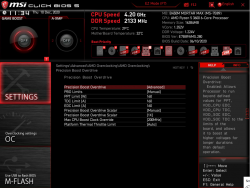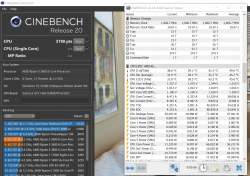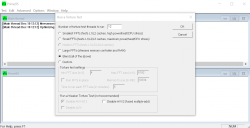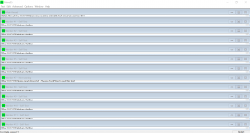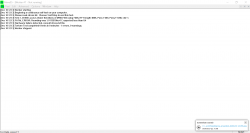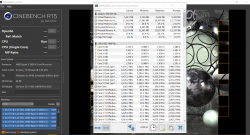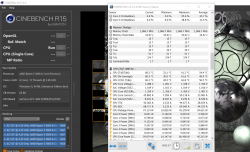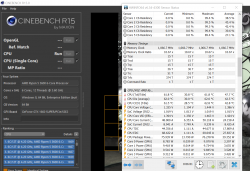- Joined
- Aug 10, 2020
- Messages
- 105 (0.06/day)
| System Name | R5 3600 |
|---|---|
| Processor | R5 3600 |
| Motherboard | b450 mortar max |
| Cooling | Deepcool Gammaxx L240 Aio |
| Memory | Corsair Vengeance LPX 32GB (2x8GB) DDR4 3200MHz cl16 |
| Video Card(s) | RX 6600 XT 8GB MECHx2 OCV1 |
| Storage | C drive samsung 980 evo m.2 storage drive Crucial_CT275MX300SSD1 500gig Samsung SSD 860 QVO 1TB |
| Display(s) | aoc 27g2 |
| Case | SilverStone FARA R1 |
| Audio Device(s) | sony ear buds |
| Power Supply | SilverStone ET550-B 550W 80+ Bronze Essential |
| Mouse | razer basilisk x hyperspeed |
| Keyboard | Logitech G PRO X Mechanical Gaming Keyboard |
| Software | windows 10 enterprise |
hi when i run prime i see workers stopped. from what i read that's unstable overclock
i have my R 5 3600 set to allcore 4.2 @ 1.35v pretty much everything else on auto and when gaming and everyday use im seeing no problem but if i run prime95 i get as shown in the photos
i have my R 5 3600 set to allcore 4.2 @ 1.35v pretty much everything else on auto and when gaming and everyday use im seeing no problem but if i run prime95 i get as shown in the photos


